Navona Square is a historic square located in the capital of Italy, Rome. One of the most important examples of Baroque architecture, Navona Square was built by Pope X. Innocentius in the 17th century. The three fountains located in the middle of the square are one of the most important examples of Baroque sculpture. The buildings around the square also have architectural features from the same period. Navona Square is one of the most visited places by tourists and is an important symbol reflecting the historical texture of Rome. The historical and cultural importance of the square was declared a World Heritage Site by UNESCO in 1980.
The Historical and Cultural Importance of Navona Square
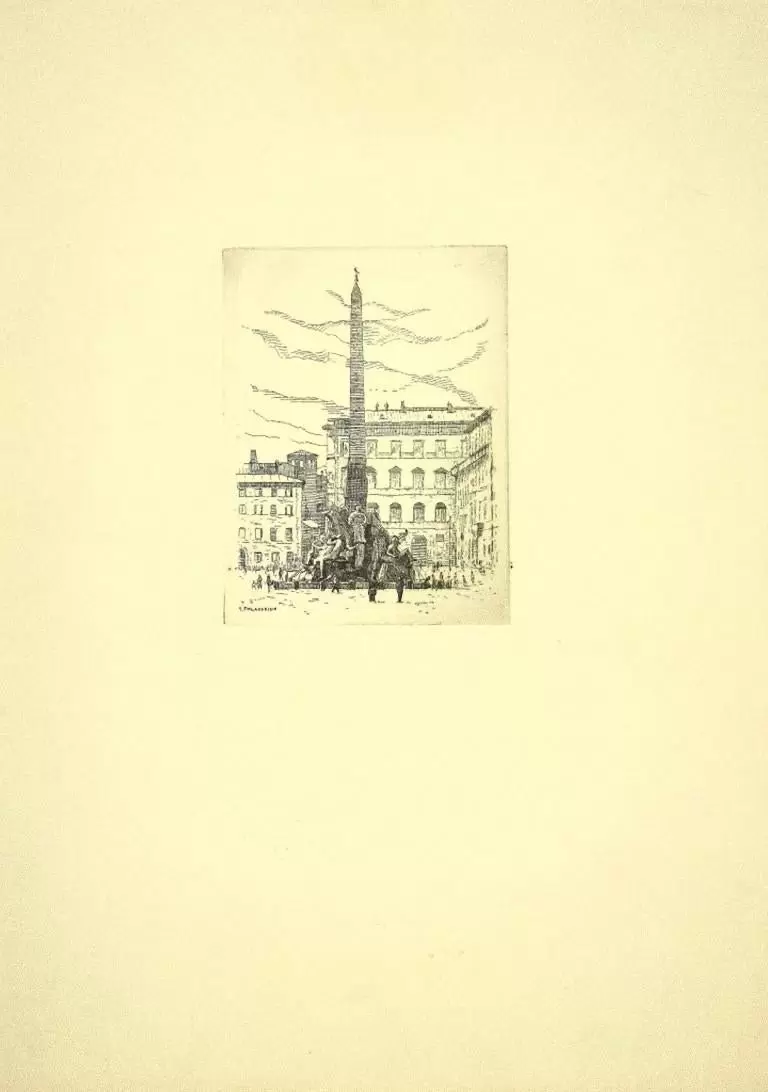
Navona Square is one of the most famous squares in Rome, the capital of Italy. Historically, the square was built by Domitian in the 1st century. At that time, the square was called "Stadium Domitianus" and was one of the largest stadiums in Rome. The stadium was used for athletics competitions, gladiator fights, and other events.
The current appearance of the square was formed by the redesign of Pope Innocent X in the 17th century. In the center of the square, there is the famous "Four Rivers Fountain" designed by Bernini. These fountains represent the Nile, Ganges, Tiber, and Rio de la Plata rivers.
Navona Square is one of the most popular tourist attractions in Rome. There are many restaurants, cafes, and souvenir shops around the square. In addition, there are many historical buildings near the square, such as the Sant'Agnese in Agone Church, Palazzo Pamphili, and Palazzo Braschi.
The cultural importance of Navona Square is not limited to its historical buildings and tourist attractions. The square also hosts many works of art. There are many street artists and musicians around the square. In addition, there are many art galleries and museums near the square.
In conclusion, Navona Square is one of the most important historical and cultural sites in Rome. The history, architecture, and works of art of the square attract visitors. The square reflects the rich history and culture of Rome and is visited by millions of tourists every year.
The Best Examples of Baroque Period Art: Navona Square
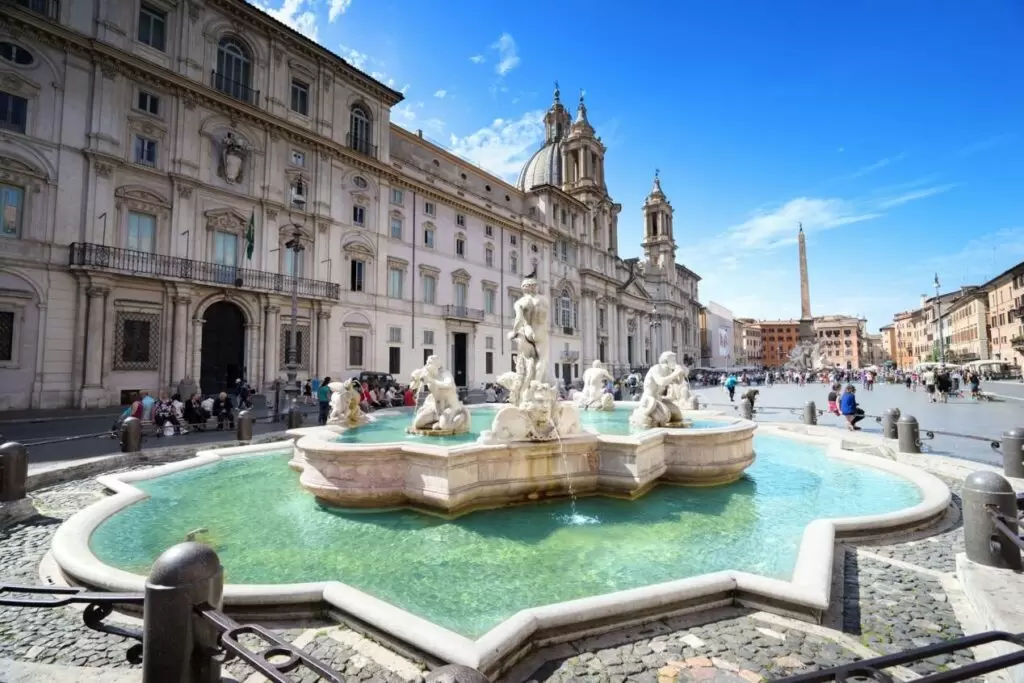
The Baroque period is an art movement that lasted from the late 17th century to the mid-18th century. During this period, artists focused on creating extravagant, ornate, and dramatic works. One of the best examples of this period is the Navona Square in Rome.
Navona Square is one of Rome's most famous squares and one of the best examples of Baroque architecture. In the center of the square, there is a large fountain designed by Bernini called the Four Rivers Fountain. The fountain is adorned with statues representing four river gods. On the other side of the square, there is the Sant'Agnese Church designed by Borromini. The church is one of the best examples of Baroque architecture and is decorated with frescoes and sculptures.
Navona Square was built on top of Rome's oldest stadium. Therefore, the shape of the square resembles that of the stadium. The square is approximately 240 meters long and 65 meters wide. The fountain in the center of the square is located at the highest point of the square and faces towards the church on the other side.
Navona Square is one of the best examples of Baroque art. The sculptures, frescoes, and architecture of the square reflect the extravagant and dramatic style of the period. The square is one of Rome's most popular tourist destinations and is visited by millions of tourists every year.
Architectural Design and Features of Navona Square
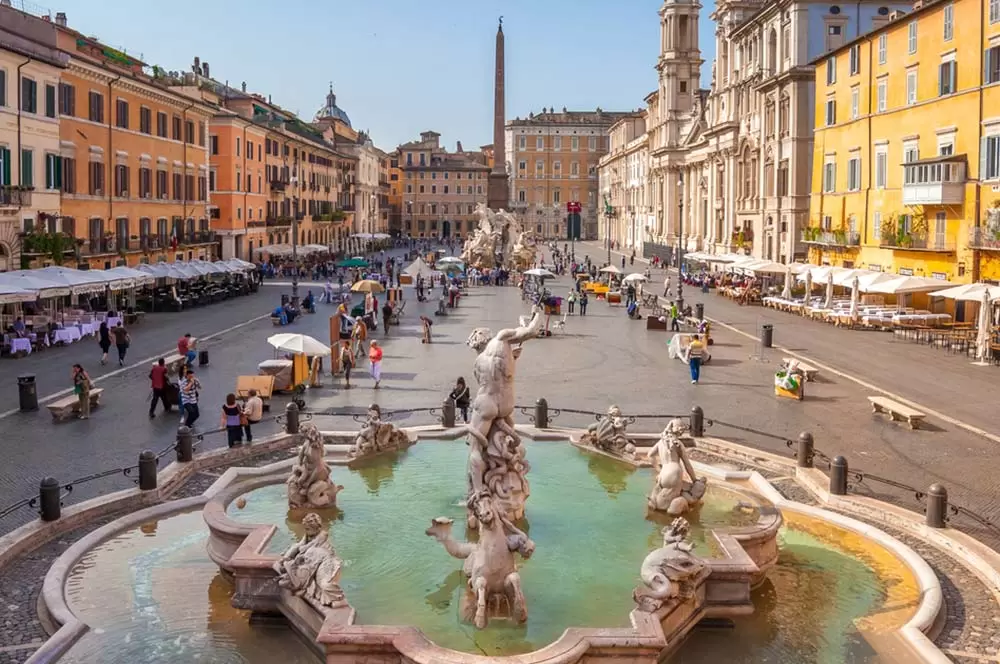
Navona Square is one of the most famous squares in Rome, the capital of Italy. The architectural design and features of the square are globally recognized due to its historical and cultural significance.
The history of the square dates back to ancient Rome. It is located on the site of a stadium built by Domitianus in AD 86. The stadium was one of the largest in Rome and had a capacity of approximately 30,000 people. However, its use began to decline in the 4th century and it was eventually destroyed.
Navona Square was redesigned by Pope Innocent X in the 17th century. The famous Fountain of the Four Rivers, designed by Bernini, is located in the center of the square. The fountain consists of four statues representing the Nile, Ganges, Tiber, and Rio de la Plata rivers. Other important architectural features of the square include the Sant'Agnese Church designed by Borromini and the Pamphili Palace.
Navona Square is one of Rome's most popular tourist destinations and is visited by millions of tourists every year. The square's architectural design and features are globally recognized due to its historical and cultural significance. The beauty of the square is considered a paradise for art and architecture enthusiasts. Navona Square is one of the most important parts of Rome's historical and cultural heritage and offers visitors an unforgettable experience.
The Best Baroque Period Works to See in Navona Square
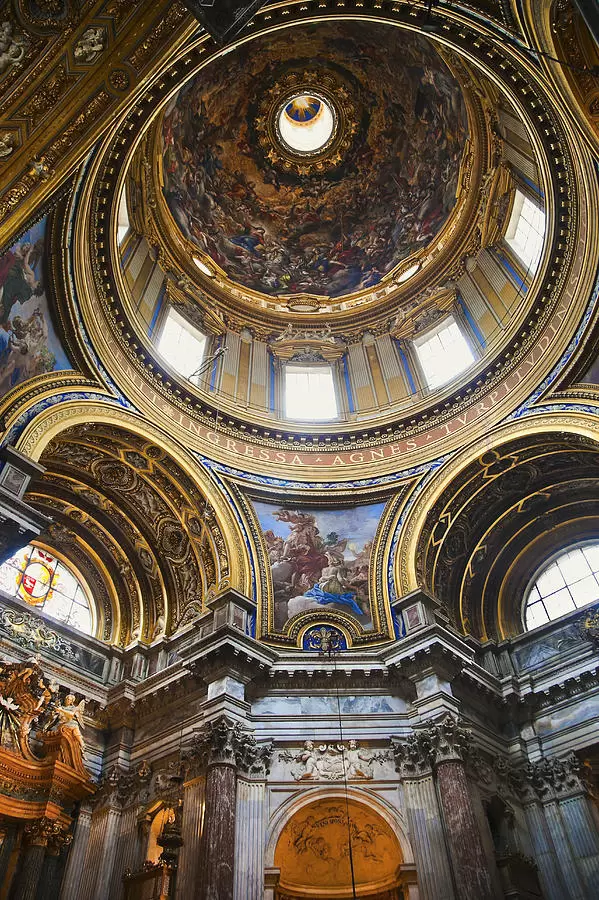
Navona Square is one of Rome's most famous squares and also hosts some of the best works of the Baroque period. The square is located on the site of a stadium built in the 1st century and was redesigned by Pope Innocent X in the 17th century.
One of the most striking features of the square is its three large fountains. These fountains were designed by Gian Lorenzo Bernini, one of the best sculptors of the Baroque period. The largest fountain is located in the center and depicts Neptune. The other two fountains are located on either side of the square and represent the Tiber and Nile rivers.
Navona Square also houses the Sant'Agnese Church, designed by Borromini. This church is one of the best examples of Baroque architecture and is also notable for its frescoes and sculptures.
Other important buildings in the square include the Pamphili Palace and the Palazzo della Sapienza, designed by Bernini. The Pamphili Palace was built in the late 17th century and houses many works of art. The Palazzo della Sapienza is a former building of the University of Rome and is one of the best examples of Baroque architecture.
Navona Square is one of Rome's most touristy places and a must-visit for those who want to see the best works of the Baroque period. The square's sculptures, fountains, and buildings reflect the art and architectural style of the Baroque period in the best possible way.
What You Need to Know About the Artistic and Historical Values of Navona Square
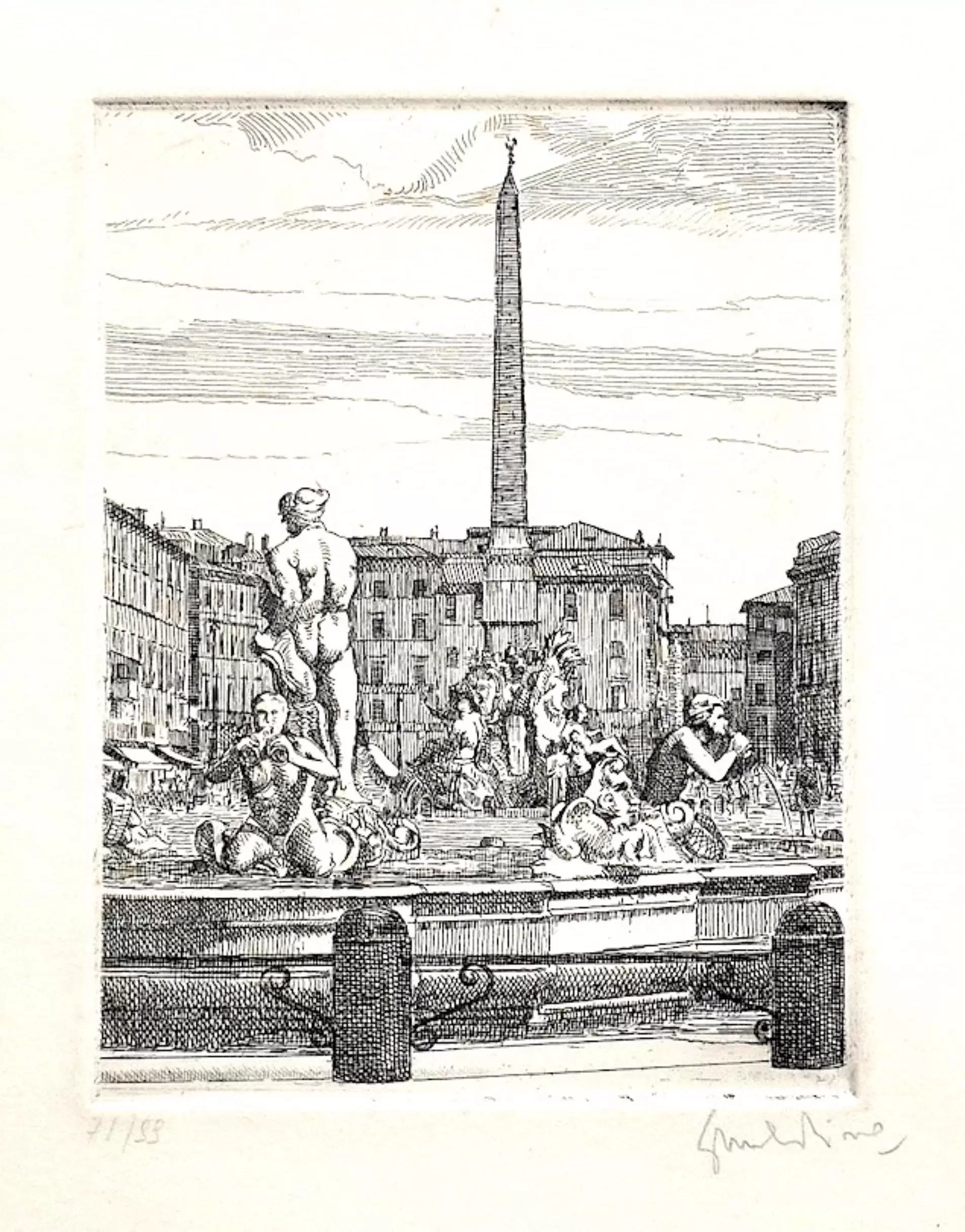
Navona Square is one of the most famous squares in Rome and one of the most important tourist attractions in Italy. The square was built in the 1st century and was used as a stadium during the Roman Empire. Later, in the 17th century, it was redesigned by Pope Innocent X and took on its current appearance.
Navona Square is one of the best examples of Baroque architecture. In the center of the square, there is a large fountain designed by Bernini and known as the Four Rivers Fountain. The fountain is decorated with four statues representing the Nile, Ganges, Tiber, and Rio de la Plata rivers. On the other side of the square, there is the Sant'Agnese Church designed by Borromini. The church is one of the most beautiful examples of Baroque architecture and contains many works of art.
Navona Square also hosts the works of many artists. There are many art galleries and museums around the square. Near the square, there is also the Vatican Museums, one of Rome's most famous museums. The museum houses many works of art and artifacts from ancient Rome.
Navona Square is one of the most important parts of Rome's historical and cultural heritage. The square is a popular destination for tourists and locals alike. Its historical and artistic values attract visitors and make it one of Rome's most important tourist attractions.

Comments